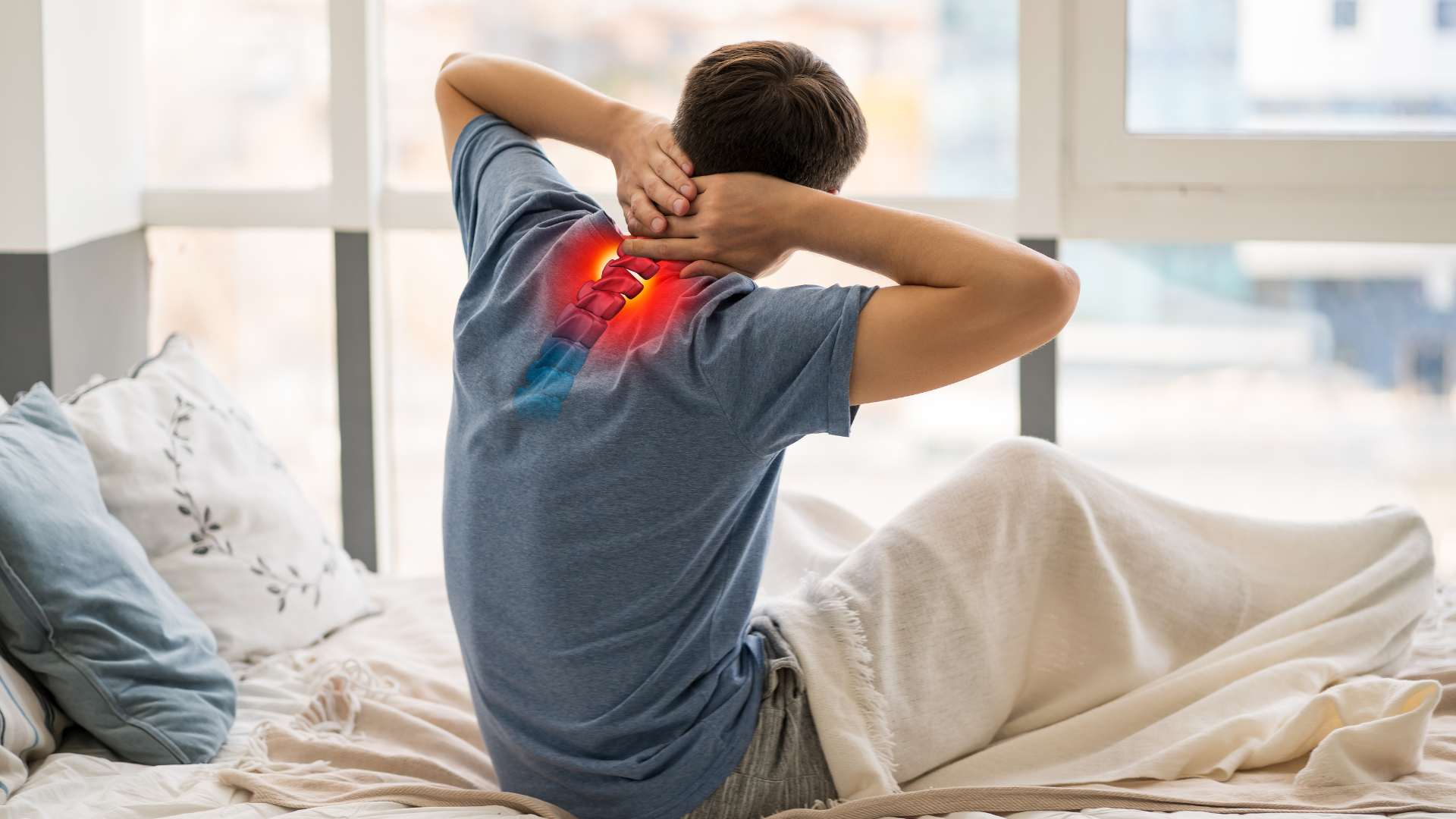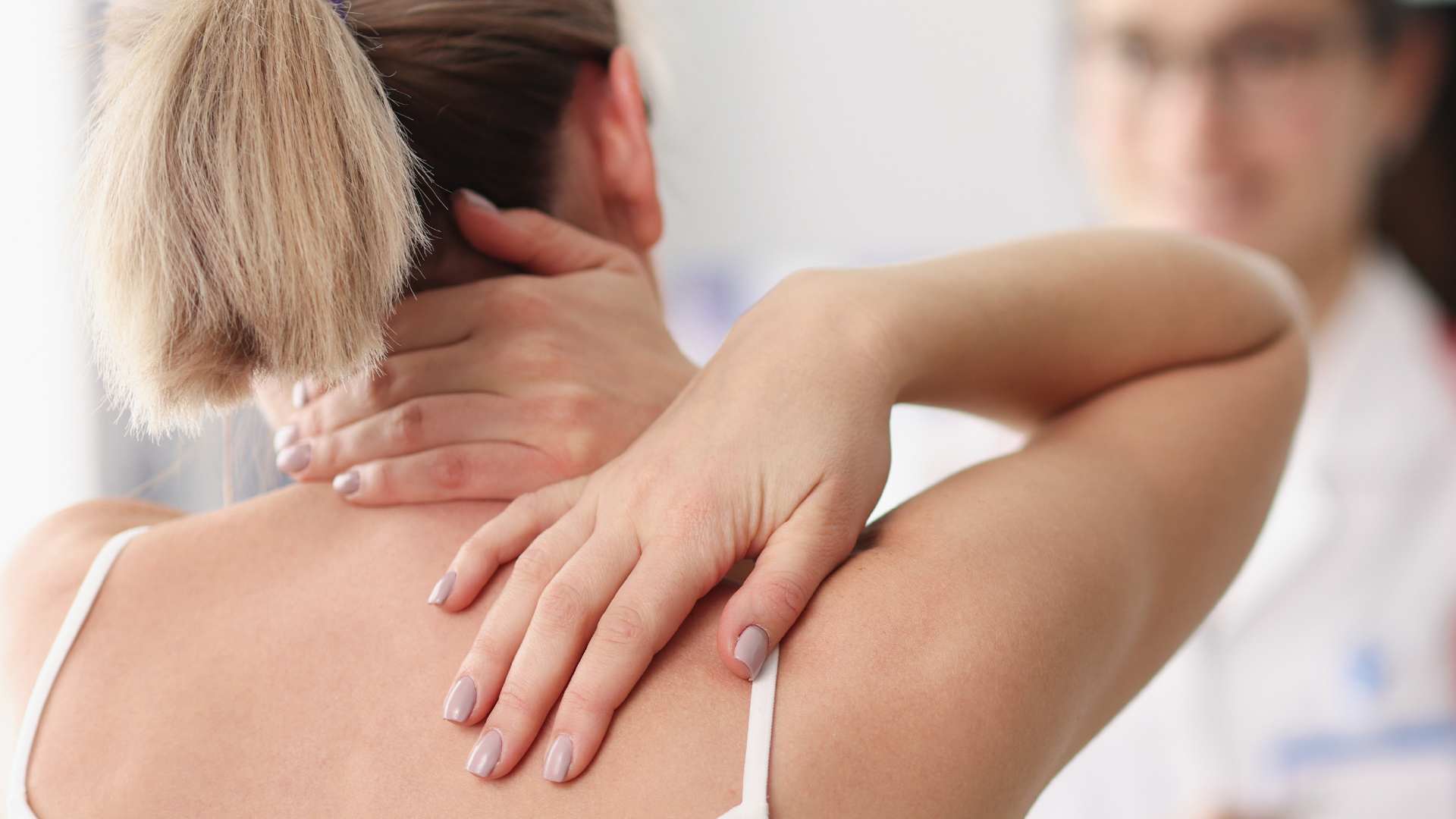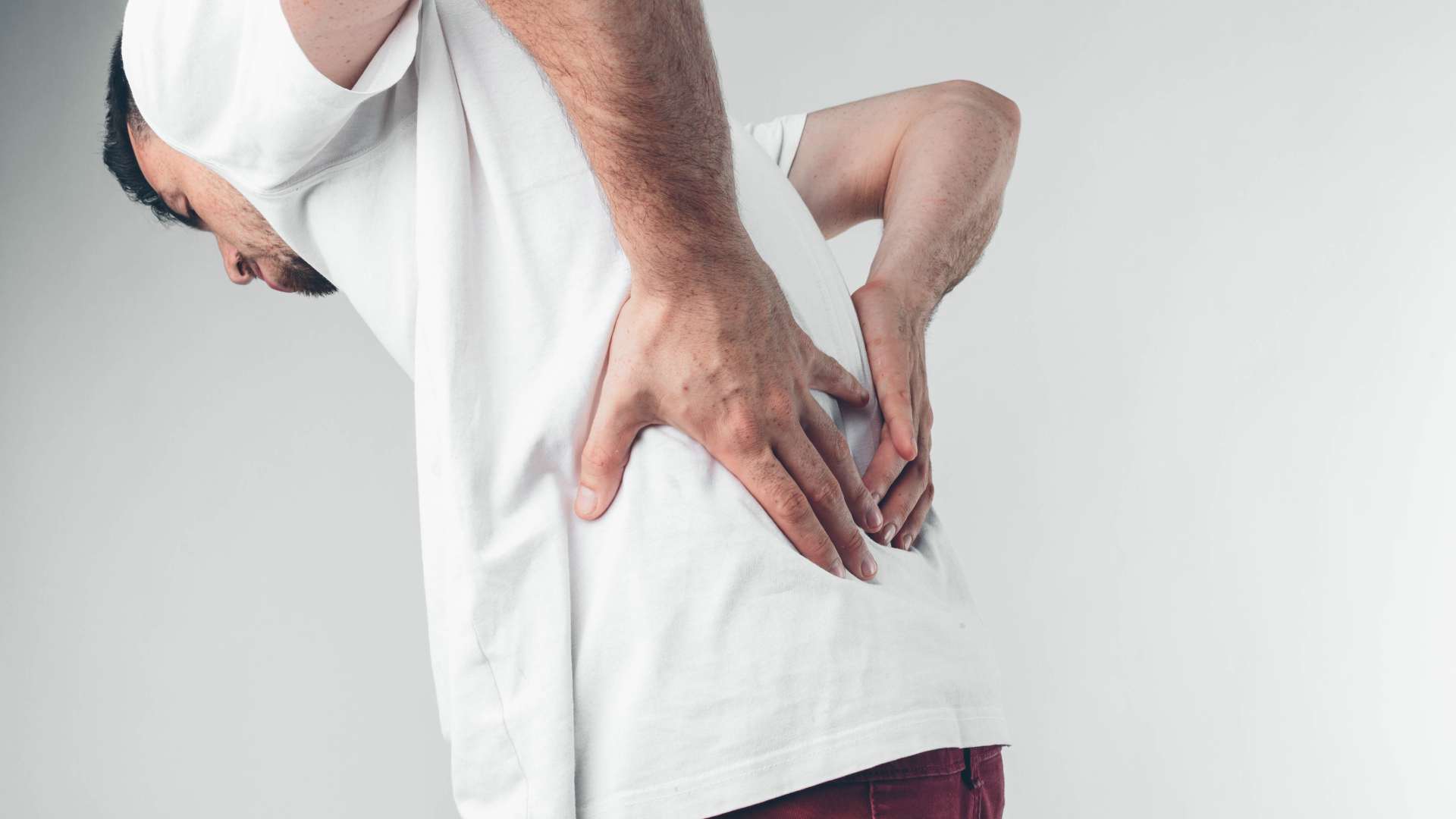Chronic pain is an unwelcome and constant companion for millions of people worldwide, and for those affected, it invades every aspect of life. While medical treatments may offer relief through physiotherapy and pain killing medication (NSAIDs), exploring alternative approaches can make a significant difference. In this article, we explore holistic and non-invasive methods that can help make chronic pain more manageable.
The mind-body connection: unlocking the power within
There is a powerful link between the mind and body that is often overlooked by people seeking chronic pain management, and this connection holds the key to unlocking natural pain relief mechanisms. Practices such as mindfulness meditation, deep-breathing exercises and guided imagery have shown promising results in managing chronic pain.
Research indicates that engaging in mindfulness practices can alter the way the brain perceives pain signals, ultimately reducing the intensity of the experience (1). Integrated into your daily routine, mindfulness exercises can provide not only physical relief but also contribute to overall wellbeing.
Nutrition as a foundation for pain management
What we eat plays a pivotal role in our health and it is no different when it comes to managing chronic pain. While it’s common knowledge that a balanced diet is essential, specific nutrients can be particularly beneficial for those dealing with persistent pain.
Omega-3 fatty acids, found in abundance in fish oil and flaxseeds, have anti-inflammatory properties that can help reduce pain associated with conditions like arthritis. Additionally, ensuring an adequate intake of magnesium, present in foods like leafy greens, nuts and whole grains, may contribute to muscle relaxation and alleviate discomfort.
Similarly, pre and probiotics can have an anti-inflammatory effect by keeping levels of friendly gut bacteria active, while extracts of bromelain, devil’s claw, ginger, turmeric, green lipped mussel and rose hip may all have an anti-inflammatory benefit.
The healing power of low-level laser therapy (LLLT)
Low-level laser therapy (LLLT) has grown in popularity as a non-invasive solution to acute and chronic pain relief. B-Cure Laser, a handheld device based on LLLT technology, offers a unique approach to managing musculoskeletal conditions.
LLLT works on the principle of biostimulation, a process that triggers biological reactions in cells when laser light is absorbed by living tissue. Unlike traditional thermal treatments, LLLT focuses on the skin’s surface, penetrating deeply without causing any heating effect or damage. Recent meta-analyses have demonstrated the significant pain and disability reduction achieved through LLLT, highlighting why so many people have turned to it for chronic pain relief.
Embracing technology for holistic wellbeing
Wearable devices, designed to monitor and manage health metrics, can provide valuable insights into your body’s response to different activities. Indeed, using them to understand and tailor your holistic wellbeing seems a perfectly logical next step.
For those living with chronic pain, these devices can offer a personalised approach to activity levels, ensuring that you strike the right balance between movement and rest. Furthermore, they can also serve as a reminder to do stretching exercises or take short walks throughout the day.
In the next section, we’ll explore additional unconventional strategies and lifestyle adjustments that can contribute to a holistic approach to managing chronic pain.
Continue reading here to uncover more insights into comprehensive chronic pain management.
Sources
- Harvard Health Publishing – Mindfulness meditation may ease pain
- Arthritis Foundation – Omega-3 Fatty Acids
- BMJ Open – Low-level laser therapy for chronic knee joint pain: a systematic review and meta-analysis of randomised placebo-controlled trials
Images: Luke Chesser, B-Cure Laser and Taylor Kiser







